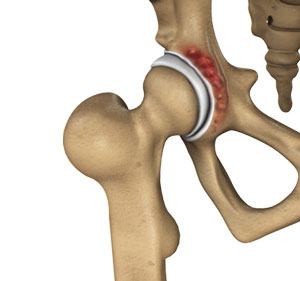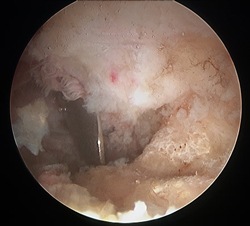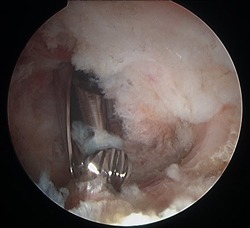Dr. Rice has joined Beacon Orthopedics and Sports Medicine
Congratulations Dr. Rice: 2025 Cincinnati Magazine Top Doctor
Pincer Lesion Impingement

Pincer Impingement refers to an excessively deep acetabular socket, restraining normal hip range of motion. Pincer impingement in turn may be divided general into two types: global and focal. Acetabuli profunda and acetabula protrusion terms describing moderate and and severe forms of globally deep sockets, respectively. These patients have global, rather than focal, overcoverage of the socket, and are seldom a good candidate for hip arthroscopy unless there is only a focal area of their overcoverage responsible for problems. Young patients with these problems are occasionally candidates for pelvic osteotomy procedures, in which cuts are made in the pelvis bone to shift the position of the socket.
Focal overcoverage is the more common form of pincer impingement. This may generally be cause by either a focal prominence or bump on the anterolateral acetabulum most commonly, or due to retroversion of the acetabulum, which is malalignment of the socket tilting further backward than normal. This typically occurs in the 12 oclock to 3 oclock range of the socket. Focal pincer impingement is more amenable to surgical correction with hip arthroscopy.
Pincer lesion untreated

Acetabuloplasty to resect pincer lesion



